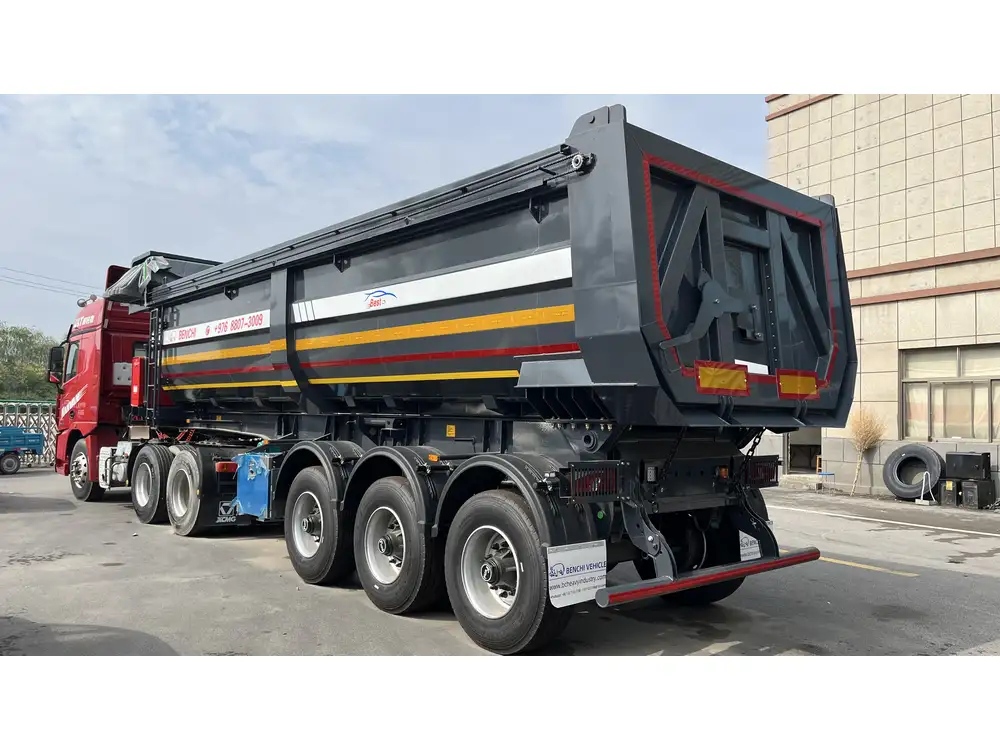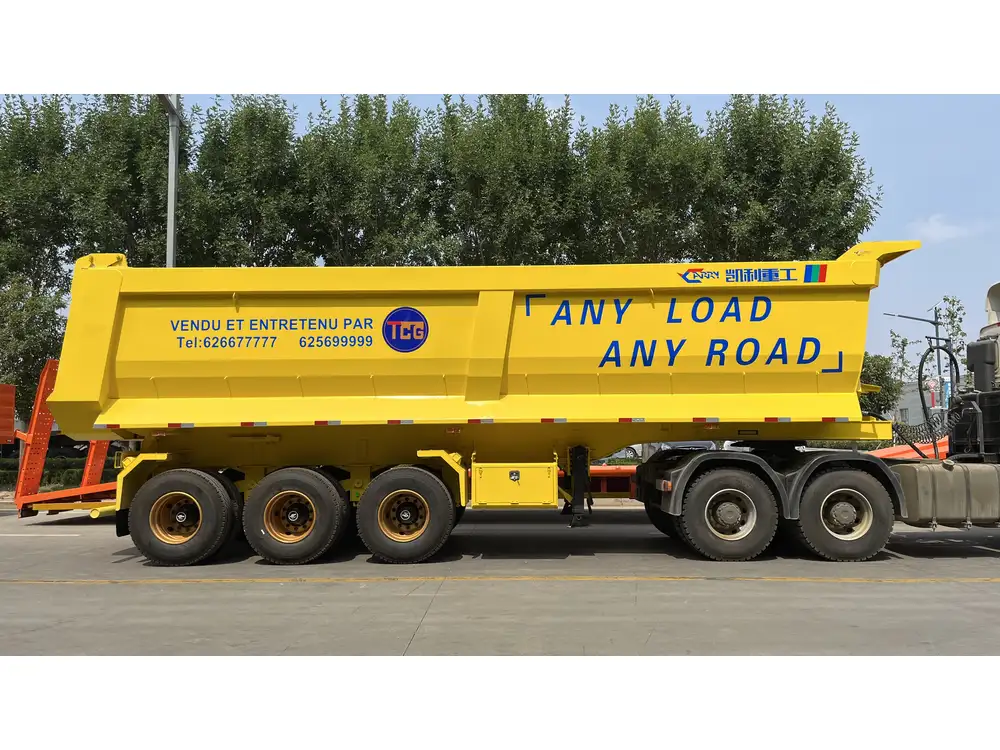Introduction to Truck Trailer Dimensions
In the world of logistics and transportation, understanding the dimensions of truck trailers is paramount. The width of a truck trailer greatly influences various operational aspects, including legal compliance, cargo space, and maneuverability. In this comprehensive guide, we will explore the width of truck trailers, the regulations surrounding them, and their implications for manufacturers and operators alike.
What is the Standard Width of a Truck Trailer?
The standard width for most truck trailers is 8.5 feet (102 inches). This dimension is essential because it signifies the maximum width allowed for commercial vehicles operating on highways in the United States, as stipulated by federal regulations. However, variations exist based on the type of trailer and specific state regulations.

Breakdown of Trailer Types and Their Dimensions
| Trailer Type | Standard Width | Description |
|---|---|---|
| Flatbed Trailers | 8.5 feet (102″) | Used for transporting large or awkwardly shaped items such as lumber. |
| Dry Van Trailers | 8.5 feet (102″) | Enclosed trailers designed for general cargo transport. |
| Reefer Trailers | 8.5 feet (102″) | Insulated trailers that carry temperature-sensitive goods. |
| Lowboy Trailers | 8.5 feet (102″) | Designed for transporting heavy equipment, often with a lower deck. |
| Step Deck Trailers | 8.5 feet (102″) | Similar to flatbeds but with a lower deck for taller cargo. |
| Specialty Trailers | Varies | Custom dimensions for specific needs (e.g., car haulers, oversized cargo). |
Key Regulations Surrounding Truck Trailer Width
Federal Regulations
The Federal Highway Administration (FHWA) regulation states that no vehicle on the Interstate System can exceed a width of 8.5 feet without a special permit. It’s crucial to adhere to these guidelines to avoid penalties and ensure safety on the road.

State Regulations
While federal guidelines provide a baseline, many states have their own regulations that can affect trailer operations:
- Some states allow for wider trailers if they meet specific conditions, such as having a special permit.
- Width restrictions may vary based on roadway classifications, bridges, and geographic factors.
Oversized Loads
Trailers transporting oversized loads typically require special permits and may have designated travel times and routes. Understanding these nuances is critical for compliance and operational efficiency.
Determining Optimal Width for Specific Applications
The chosen width of a truck trailer can directly affect the efficiency and cost-effectiveness of transport operations. Let’s analyze this further:

Considerations for Operational Efficiency
Cargo Type: The type of cargo dictates the required space. While a standard width makes logistical sense for general freight, specialty loads might necessitate wider trailers.
Transportation Routes: If routes include state or local roads with lower width limits, understanding the dimensions becomes even more crucial.
Maneuverability: Wider trailers can be harder to maneuver, especially in tight urban areas or during unloading. Operators may need to consider this when planning routes.
Use Case Scenarios
- Flatbed Trailers transporting pipes: Optimal for width as it allows for better load distribution and stability.
- Reefer Trailers with sensitive perishables: Standard width ensures ample space for insulation technology without compromising cargo safety.
Comparison: Standard vs. Custom Widths
| Aspect | Standard Width (8.5 ft) | Custom Width |
|---|---|---|
| Average Cost | Usually lower due to mass production | Higher, due to customization |
| Availability | Widely available across manufacturers | Limited supply; specific orders required |
| Versatility | Suitable for general cargo | Tailored solutions for specific needs |
| Regulatory Challenges | Generally compliant | May require additional permits |

The Role of Axle Configurations and Weight Distribution
Understanding the interplay between trailer width and axle configurations is integral to legal and safe operations. Wider trailers generally mandate more efficient weight distribution across axles to ensure compliance with federal and state weight limits.
Type of Axle Configurations
- Single Axle: Common in smaller trailers; less stability, appropriate for lighter loads.
- Tandem Axle: Provides better stability and weight distribution, critical for wider trailers.
- Tridem or Quad Axles: Used for heavy-duty trailers where wider bodies may increase cargo limits.
Innovations in Truck Trailer Design

Advances in Materials
The continuous evolution in materials technology enhances trailer durability and efficiency. Lighter materials allow for more efficient fuel usage while maintaining strength and stability. Innovations include:
- Aluminum frames: Offer lower weight with competitive strength.
- Composite materials: Provide excellent insulation for temperature-sensitive loads like food.
Aerodynamics
Improvements in aerodynamics significantly contribute to reduced drag, enhancing fuel efficiency. Companies are increasingly focusing on trailer designs that favor streamlined shapes, aiding in better highway performance.
Conclusion: The Importance of Width in Truck Trailers
Understanding the width of truck trailers isn’t merely a matter of compliance; it influences operational efficiency, cost-effectiveness, and safety. Whether you are an operator seeking to optimize your fleet or a manufacturer looking to enhance your product lines, considering the implications of trailer width can lead to improved logistics solutions and better service delivery.

Final Thoughts: Moving Forward with Width Awareness
As the logistics landscape continues to change with advancements in technology and evolving regulations, staying informed about trailer widths and their impacts will prove increasingly valuable. The insights gained in this guide can empower operators and manufacturers alike to make educative decisions, ensuring both compliance and operational excellence in their transport endeavors.



